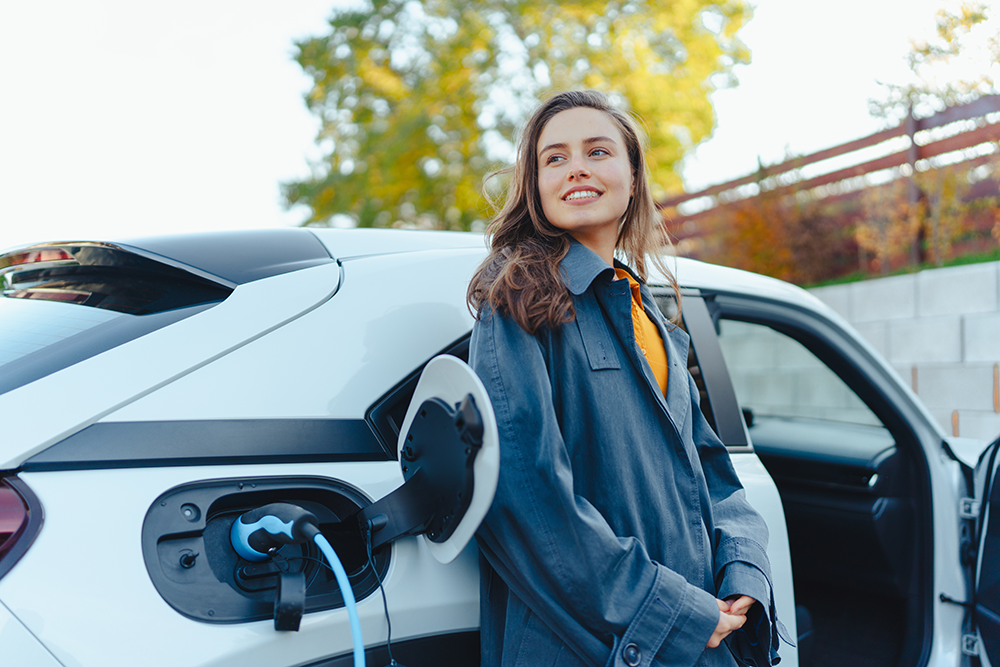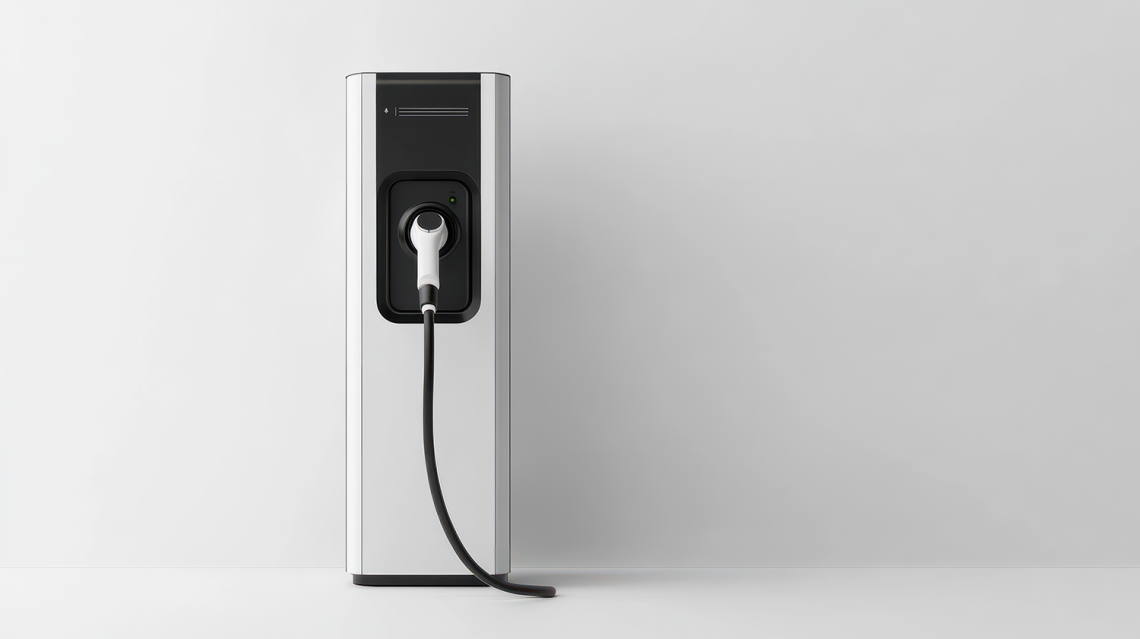The electric vehicle industry is rapidly evolving, driven by technological advancements, shifting consumer preferences and regulatory changes. In Europe, where the transition to zero-emission vehicles is at the center of discussions, the market is experiencing both growth and challenges. This article explores the latest market trends, technological advancements and economic developments, shaping the EV landscape.
Latest market trends
November 2024 marked a significant milestone for BEVs in Europe with an increase of 0.7% year-on-year. However, BEV registrations for the first 11 months of the year totaled 1.79 million, reflecting a 1.2% decline compared to the same period in 2023. Despite this dip, BEVs experienced growth in seven of the 11 months. Best selling BEVs include Tesla Model Y, Skoda Enyaq, Volvo EX30 and Audi Q4 e-Tron, while Volkswagen ID.4 and ID.3 reported significant declines in sales.
In contrast to BEVs, plug-in hybrid electric vehicles continued to struggle. November saw a 7.5% drop year-on-year. The segment experienced declines in seven consecutive months from May to November, following modest growth earlier in the year. Volvo XC60 emerged as the top-selling PHEV in November, other strong performers included BMW X1 and Mercedes-Benz GLC.
BEVs and PHEVs are navigating different trajectories in Europe. The first ones achieved a new milestone and showed resilience meanwhile PHEVs continued to lose ground, facing declining consumer interest. However, challenges remain. High upfront costs for BEVs, the lack on an established used-EV market, and waning consumer interest in PHEVs underscore the need for manufacturers to innovate and adapt quickly.
Source : Autovista, European BEV market enjoys its greatest November as PHEVs plummet
Heat pump use for cold weather
Heat pumps in EVs are increasingly replacing energy-intensive resistive heaters to improve battery efficiency in cold weather. Heat pumps work by efficiently transferring heat, often from the car’s electric motors or outside air, into the cabin, similar to reverse air conditioning.

They are already featured in many EVs, including Teslas (since 2021), Polestar 2, Kia EV6 and others. Some upcoming models, like the Ford Mustang Mach-E (2025) will also include them.
Older EVs without heat pumps, especially those with smaller batteries, experience significant range loss in cold conditions. Heat pumps, however, can increase range in freezing temperatures by 8 to 10%, according to EV research site Recurrent.
Cars like Tesla Model X and Audi E-Tron, equipped with heat pumps, show minimal range loss (11-13%) at 0°C. Heat pump efficiency drops in extremely cold temperatures below -9°C.
Tips for winter EV use include preconditioning the car while plugged in and clearing snow frequently.
Source : The Verge, Heat pumps in EVs are making a big difference in cold-weather driving
Economic and legal evolutions
In Spain, the Moves III plan, in function since 2021, composed of different incentives for EV purchase is stopping. It is also the case for the 15% tax reduction for private individuals in the case of purchase of an electric vehicle.
This is the second country to stop its EV incentives, after Germany. Other countries within Europe still implement different incentives for the purchase of new and used electric vehicles.

On another topic, European automotive CEOs and officials are meeting under an EU initiative chaired by Ursula von der Leyen to address challenges in the auto sector. It faces structural shifts, including emission reduction targets that phase out fossil fuel cars by 2035.
These regulations aim to cut CO2 emissions from cars, which account for 16% of Europe’s emissions.
By 2025, carmakers must reduce average CO2 emissions by 15% compared to 2021 or face hefty fines, potentially totaling 15 billion euros. To comply, manufacturers are increasing EV and hybrid sales but face challenges like high costs and slow consumer adoption. In 2023, EV sales dropped by 1.3%, accounting for 13,6% of all sales.
The EU penalties have drawn criticism, with some manufacturers and countries (like France and Italy) advocating for their removal, arguing they divert resources from R&D and investments. Others, like Brussels and clean transport advocates, oppose rolling back penalties, fearing it would hinder the shift to EVs and give Chinese competitors an edge. Only Volvo has met its 2025 target so far.
To support the sector, the EU has imposed tariffs on Chinese Vs and is considering incentives for businesses to purchase EVs, given that company fleets make up for over half of new car purchases.
Source : Troubled European carmakers to talk fines and EVs with EU
Conclusion
The electric vehicle market in Europe is at a critical juncture, marked by dynamic growth in BEV adoption and significant challenges for PHEVs. The integration of advanced technologies like heat pumps demonstrates how innovation is driving EV efficiency and performance. However, the road ahead is not without obstacles. The phase-out of EV incentives in countries like Spain and Germany, coupled with stringent EU emission targets, presents hurdles for manufacturers to overcome.
As used car professionals, now is the time to develop your knowledge about EVs to adapt to the fast evolutions of this market.


